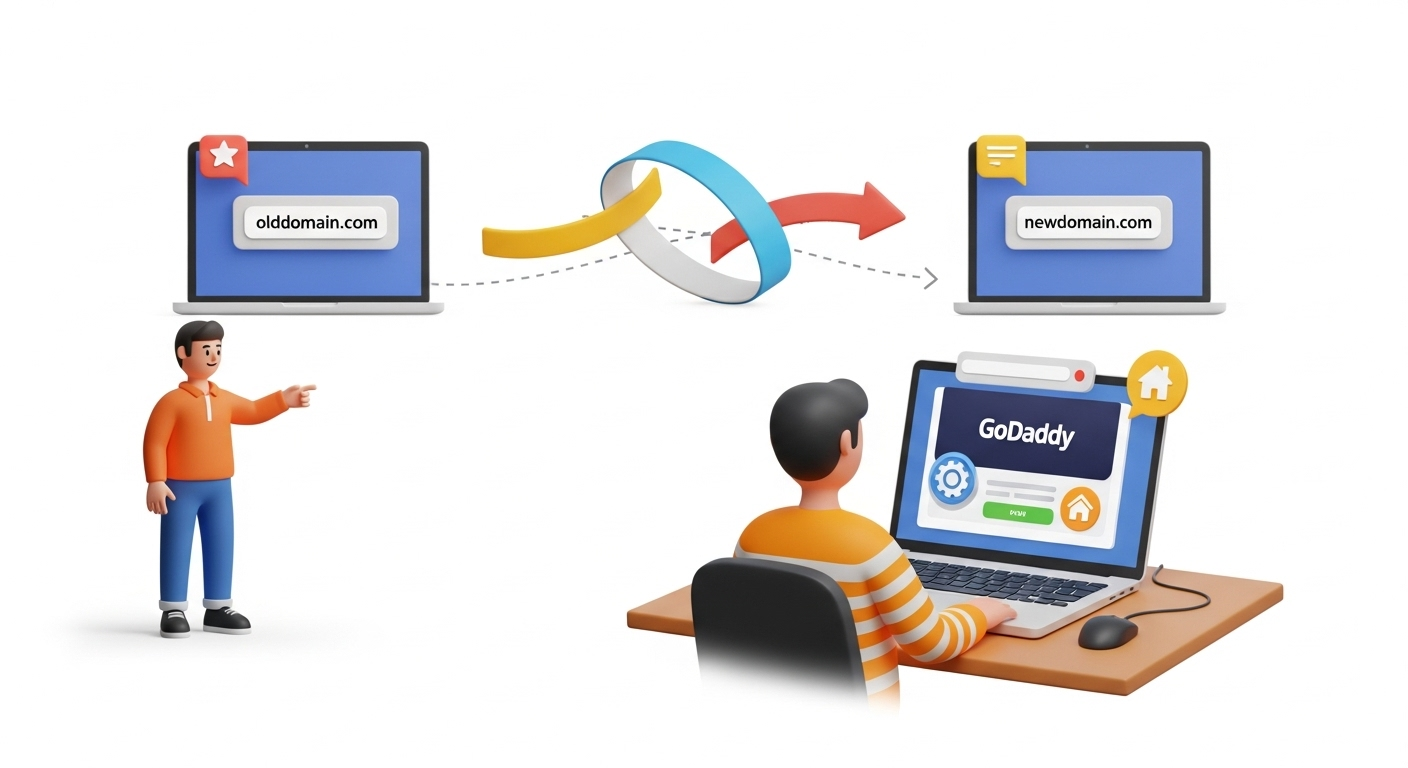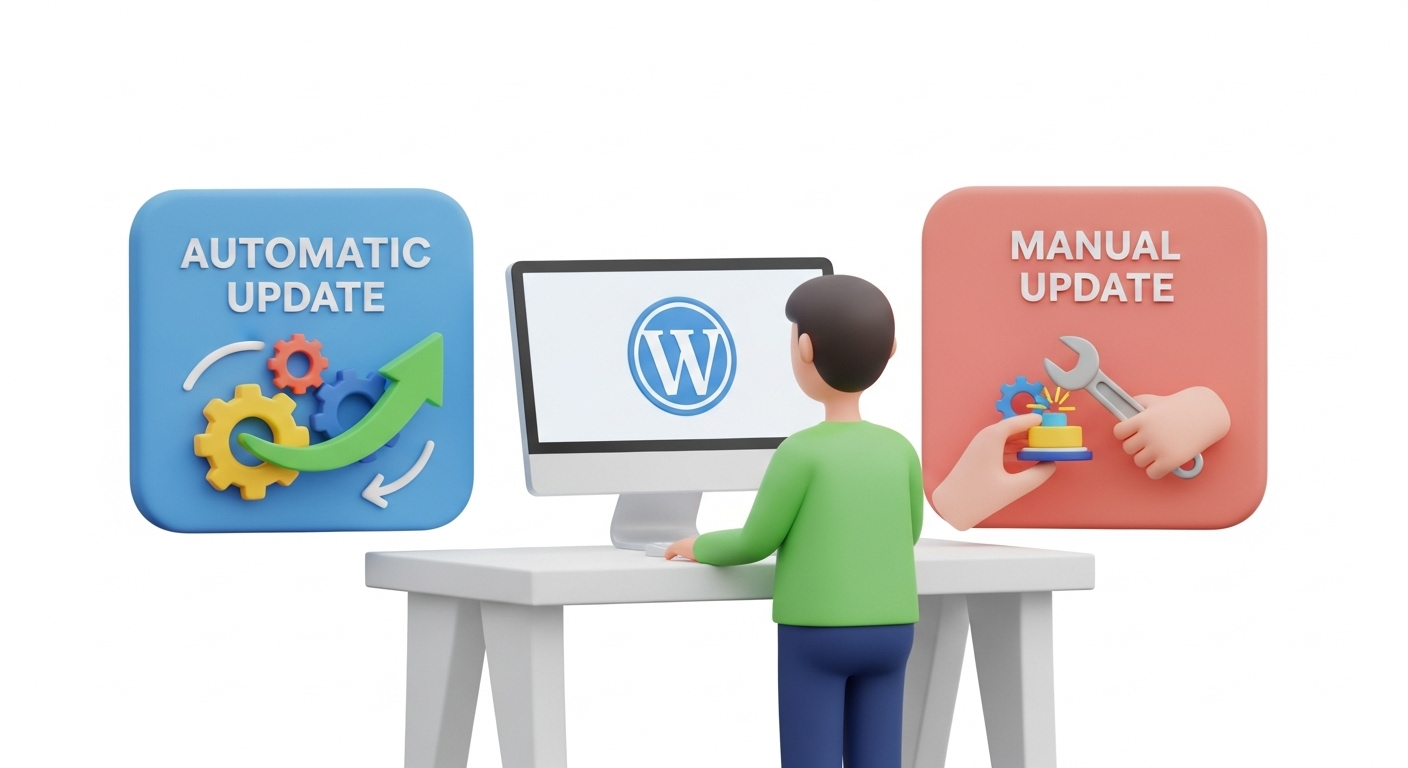If you're running your store on OpenCart and thinking about switching to WooCommerce, you're not alone. In 2025, more merchants than ever are making the eCommerce switch to take advantage of WordPress flexibility, modern design tools, and easier integrations.
In this complete guide, we’ll walk you through the OpenCart to WooCommerce migration process, how to transfer products and orders, and what to watch out for along the way.
Why Switch from OpenCart to WooCommerce?
While OpenCart is a lightweight and fast solution, it has limitations when it comes to scalability, design flexibility, and plugin ecosystem.
Here’s why WooCommerce is winning in 2025:
- Built on WordPress: easier content management and SEO
- Vast plugin ecosystem (subscriptions, bookings, memberships, etc.)
- More modern design themes and page builders
- Easier integrations with marketing tools, CRMs, and analytics
- Strong community and developer support
✅ What You Can Migrate from OpenCart to WooCommerce
During the ecommerce switch, you can transfer:
- Products (names, SKUs, descriptions, prices, images)
- Categories and subcategories
- Customer accounts
- Order history
- Coupons and reviews
- SEO URLs and metadata (where applicable)
️ How to Perform OpenCart to WooCommerce Migration
Step 1: Prepare Your WooCommerce Store
- Set up hosting and install WordPress
- Install the WooCommerce plugin
- Choose and customize your theme
- Configure settings (currency, taxes, shipping, checkout)
Optional: Install SEO and performance plugins to match your OpenCart functionality.
Step 2: Back Up Your OpenCart Store
Before any migration, make a full backup of:
- Your OpenCart files and database
- Product images and documents
- Important theme files or custom extensions
Step 3: Use an Automated Migration Tool (e.g. Cart2Cart)
Manual migration is possible, but automation tools can save days of work.
Cart2Cart allows you to:
- Connect both OpenCart and WooCommerce stores
- Select what data to transfer
- Map fields (e.g. product SKUs, categories, order statuses)
- Run a free demo migration (to preview results)
- Launch the full migration when ready
These tools usually preserve relationships between products, customers, and orders.
Step 4: Post-Migration Checklist
Once your data is transferred:
- Verify products and categories
- Check customer and order details
- Test checkout, payment, and shipping settings
- Reapply any custom discount rules or shipping zones
- Configure WooCommerce plugins to replace OpenCart extensions
Step 5: Handle SEO and Redirects
To preserve SEO rankings:
- Match URL slugs as closely as possible
- Install a redirect plugin or manage
.htaccessto create 301 redirects - Submit the new sitemap to Google Search Console
- Monitor traffic and crawl errors for the first few weeks
SEO continuity is critical after a platform switch.
Step 6: Final Testing and Go Live
Before launching:
- Test across devices (desktop, mobile, tablet)
- Place test orders and refunds
- Review analytics and goal tracking
- Announce the switch to your customers via email and banners
Final Thoughts
An OpenCart to WooCommerce migration is a smart move in 2025 if you're looking for more control, better integrations, and a stronger content + commerce strategy. With the right tools and a clear process, you can transfer products and orders smoothly and execute a clean ecommerce switch — without harming your SEO or store performance.
Monthly Update – December 2025
As the bustling holiday season winds down, December 2025 marks a crucial period for e-commerce stores, especially those that have recently completed an OpenCart to WooCommerce migration. This month is ideal for a thorough post-holiday analysis and strategic planning for the year ahead. Focus on diving deep into your new WooCommerce store's analytics. Identify top-performing products, analyze customer acquisition channels, and pinpoint any areas for improvement based on holiday sales data. Review your website's performance metrics, ensuring load times remain optimal and that your new integrations are running seamlessly. It's also an excellent time to prepare for potential year-end promotions or customer loyalty programs to retain the new customers acquired during peak season. Consider optimizing your product listings and refining your SEO strategy for evergreen content, leveraging WooCommerce's powerful capabilities. By proactively reviewing your migration's impact and planning for future growth, you can solidify your store's foundation and capitalize on the lessons learned from your first full operational cycle on WooCommerce.
For more details, explore our FAQ section or schedule a call with a migration expert.






